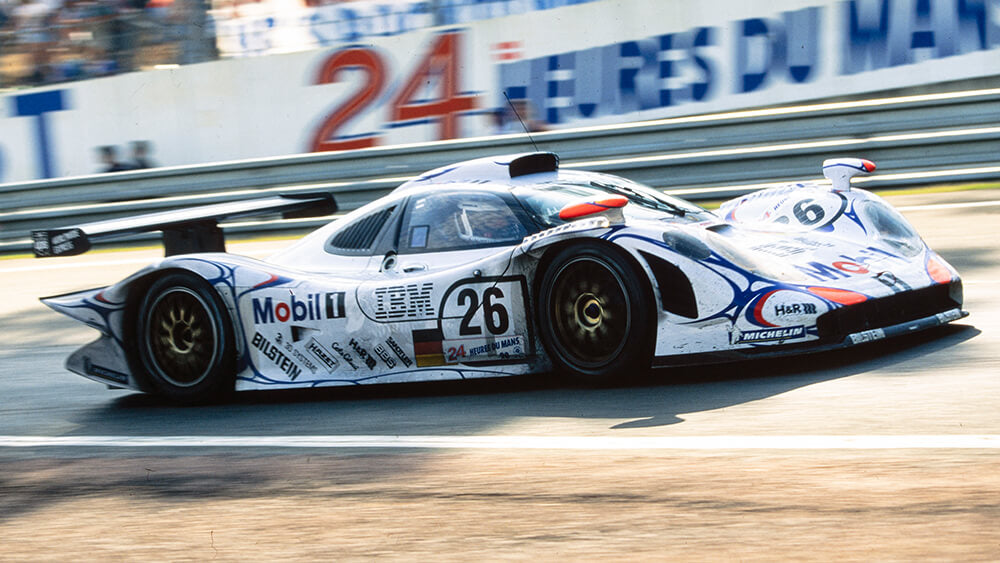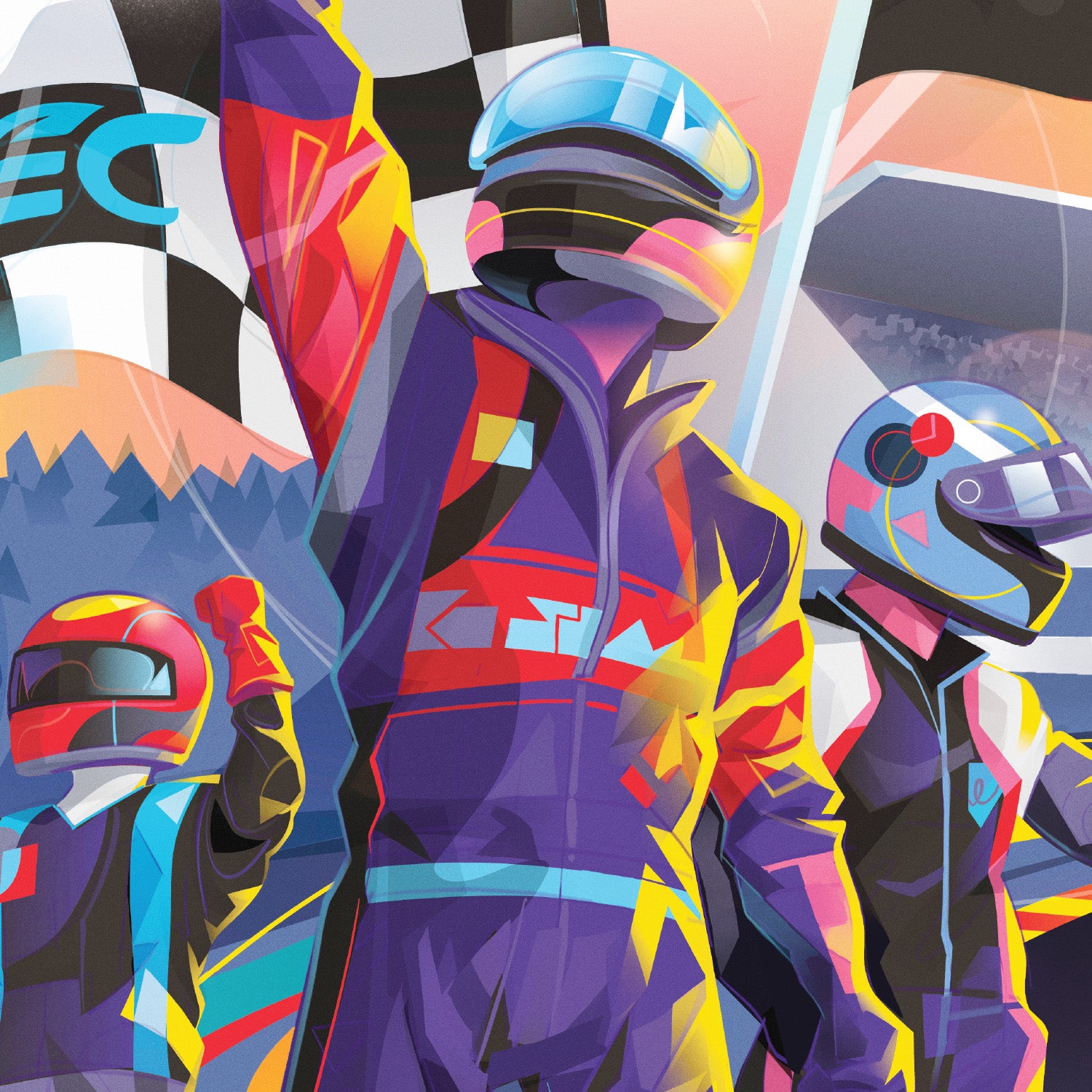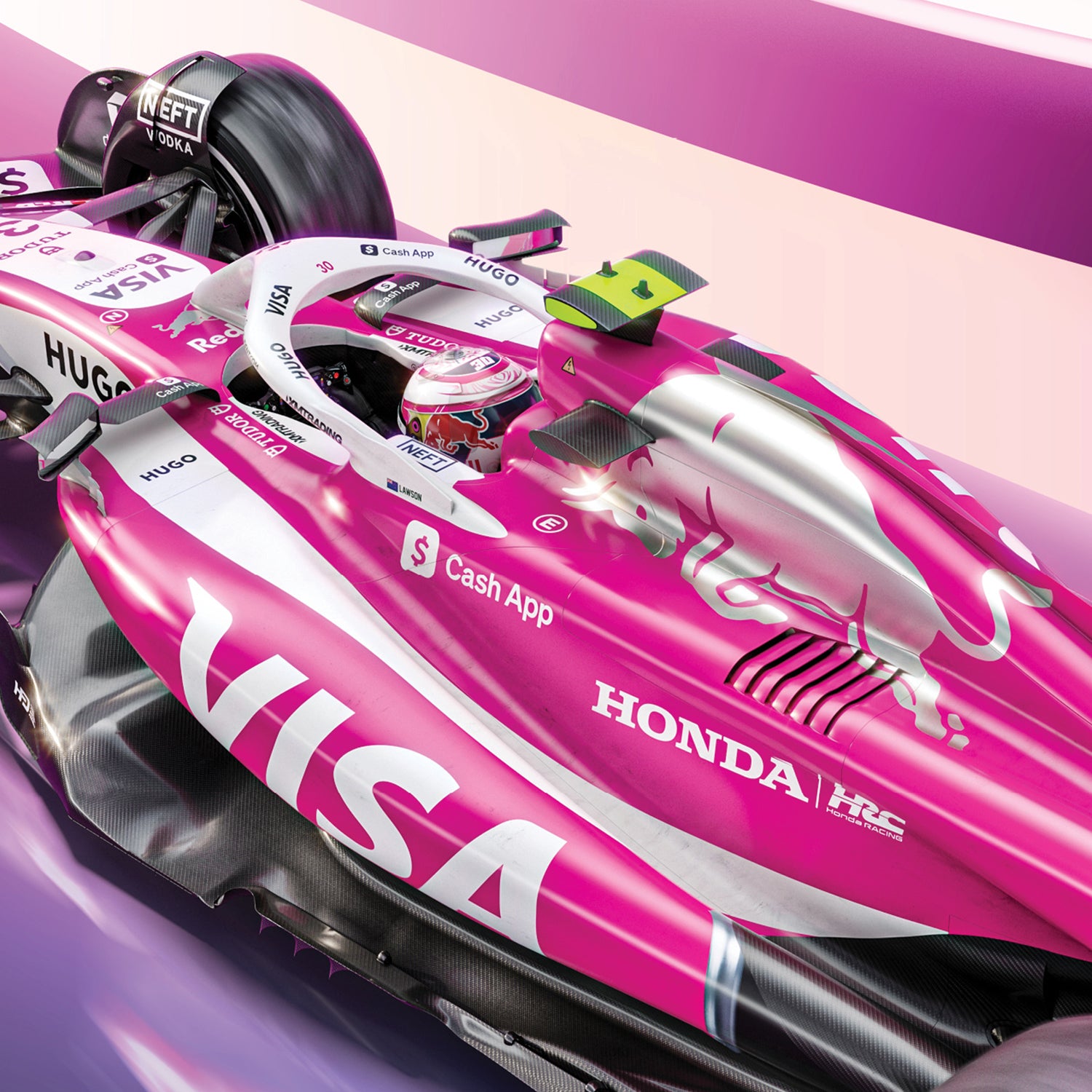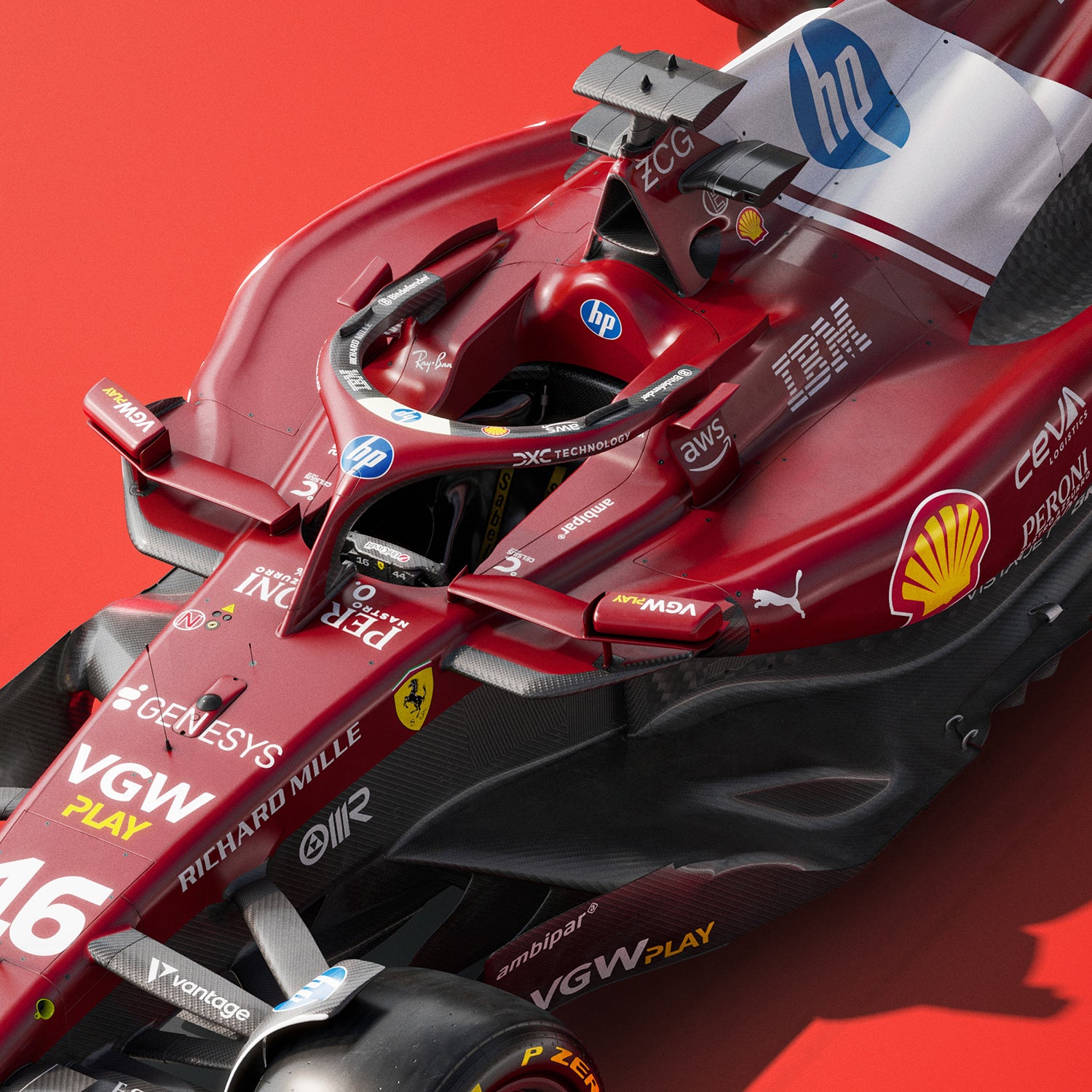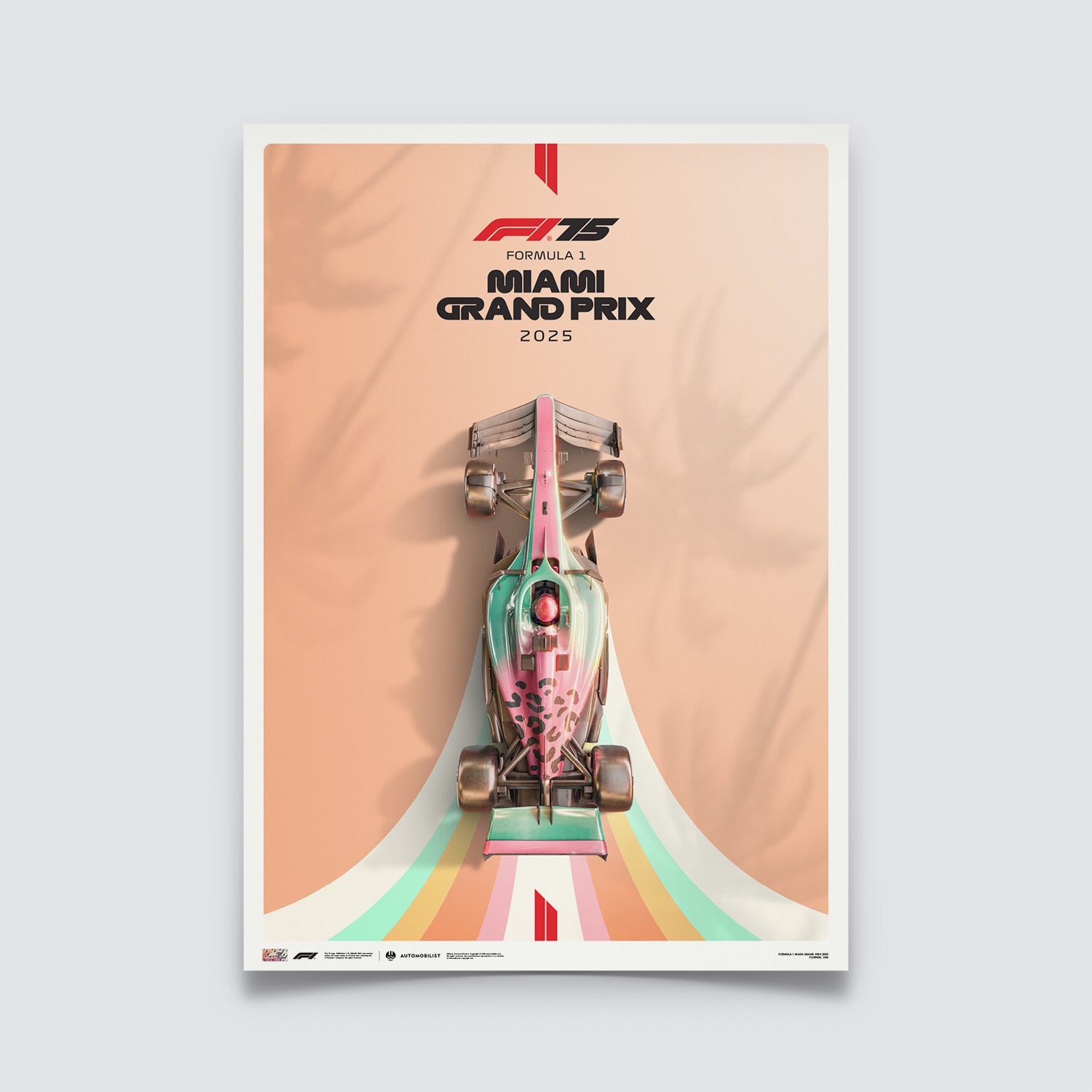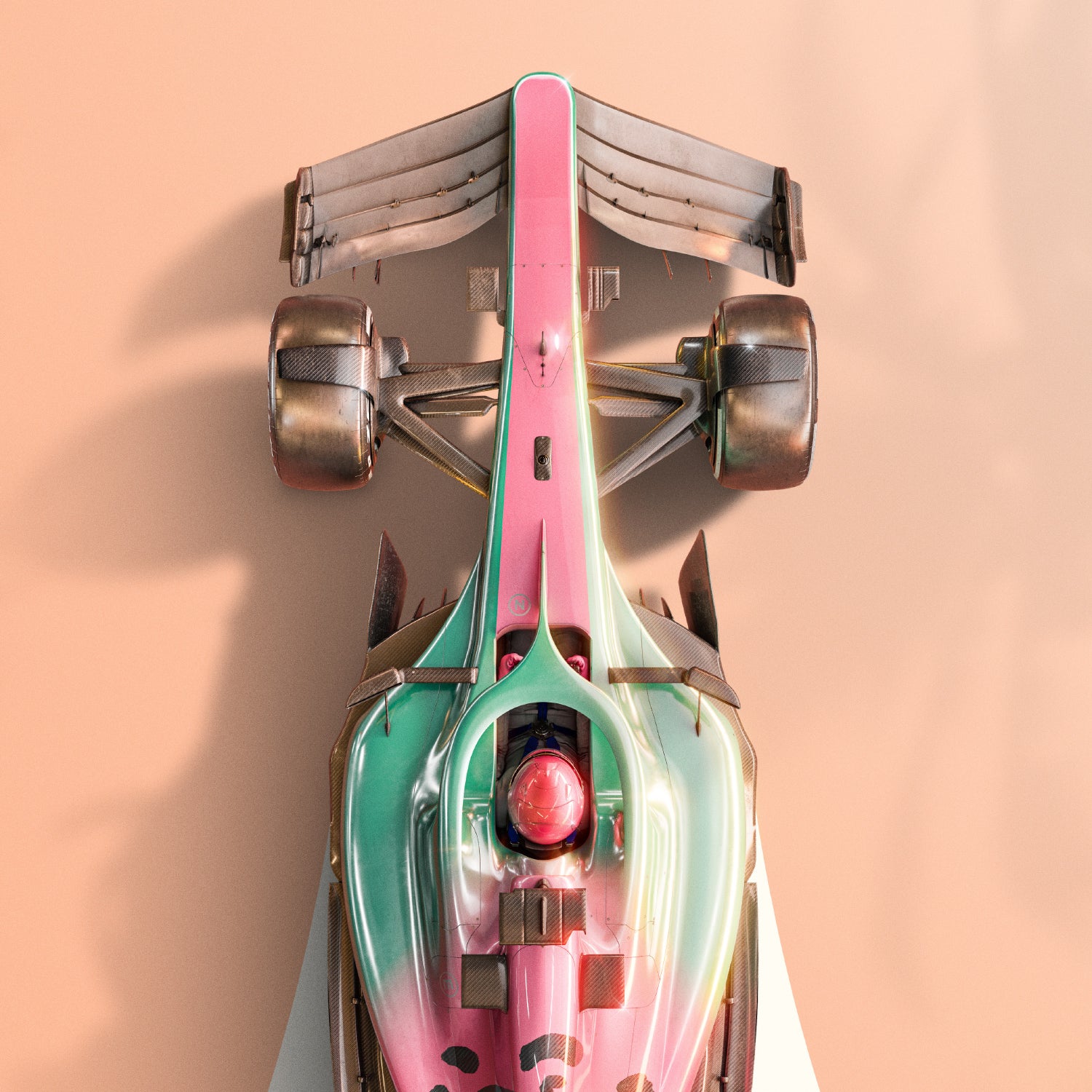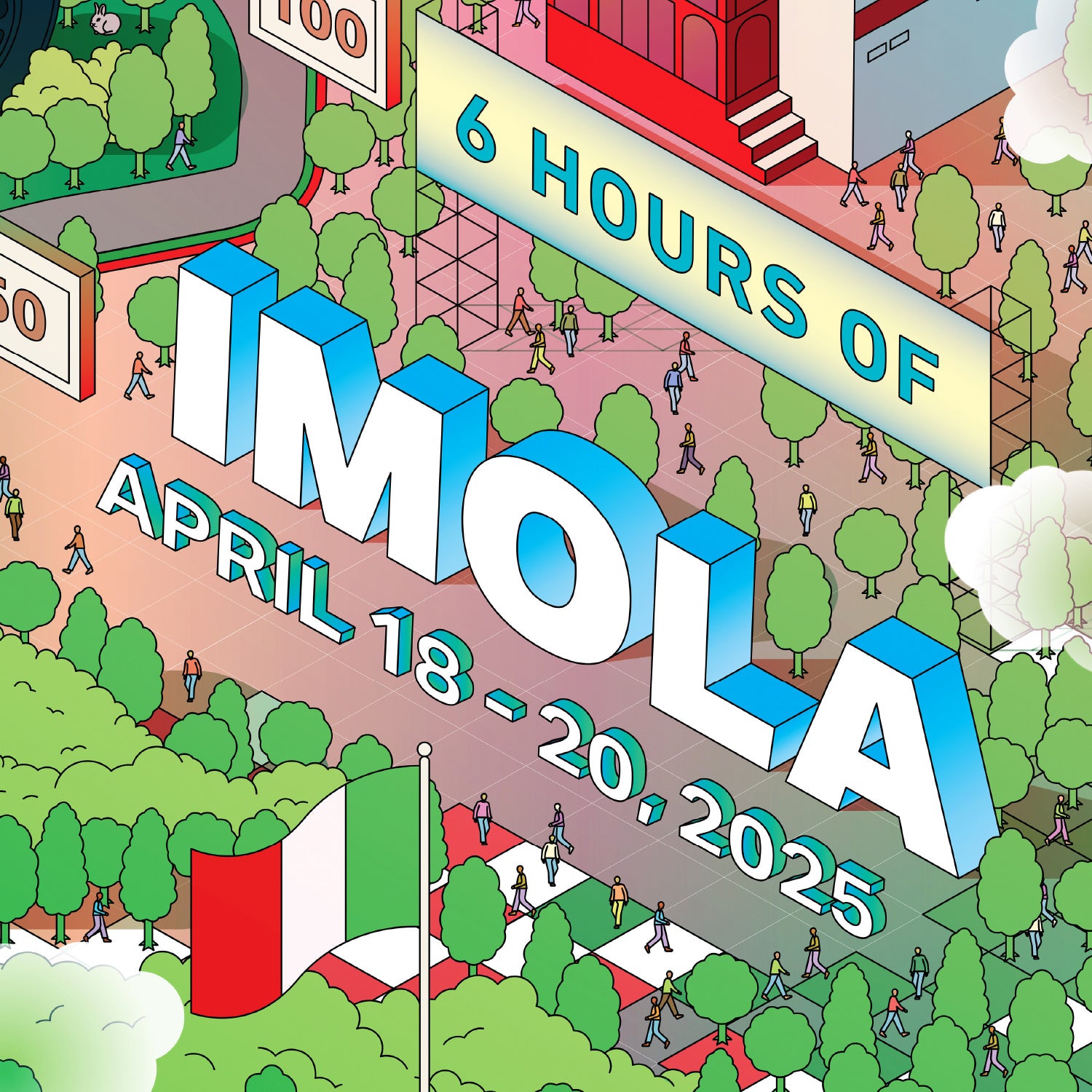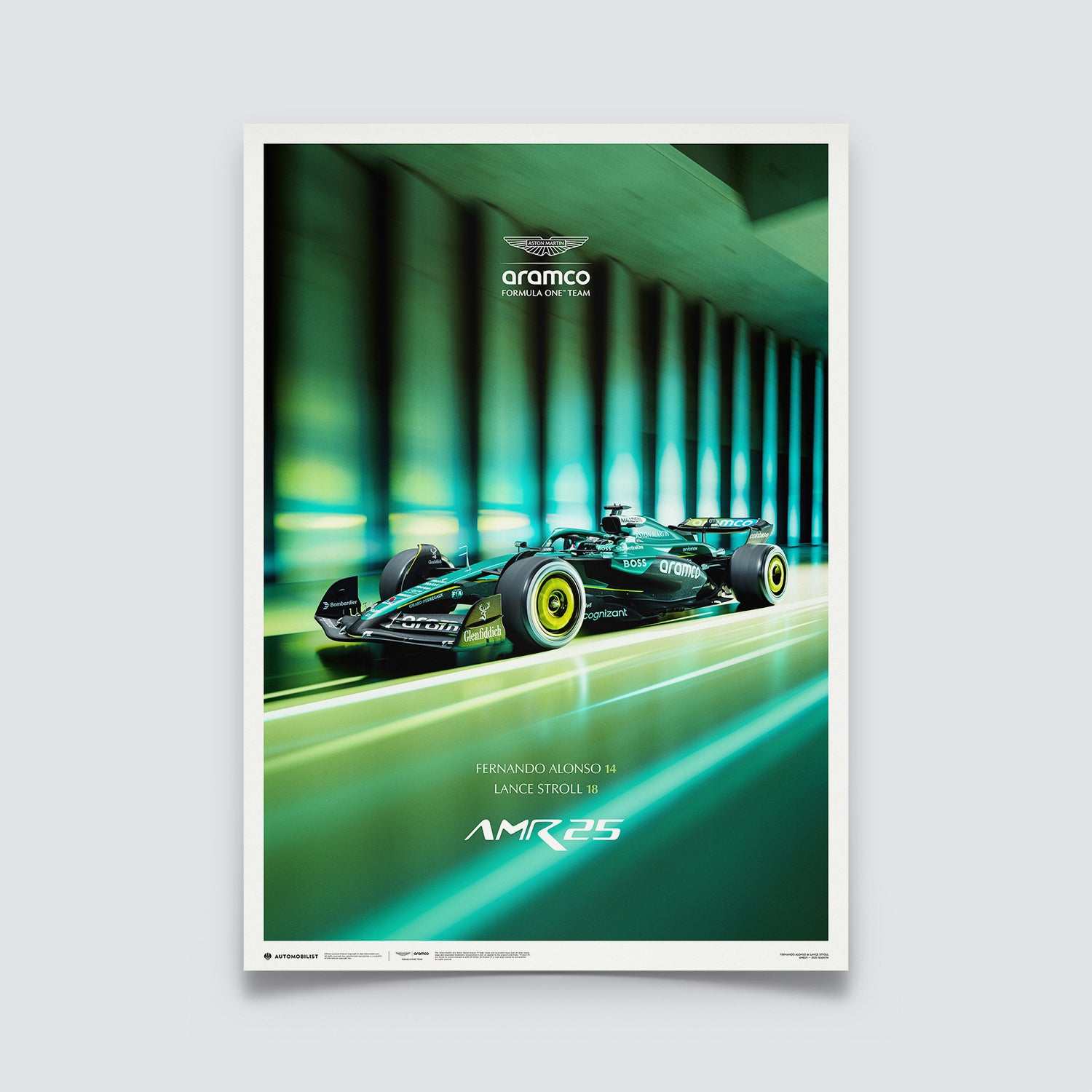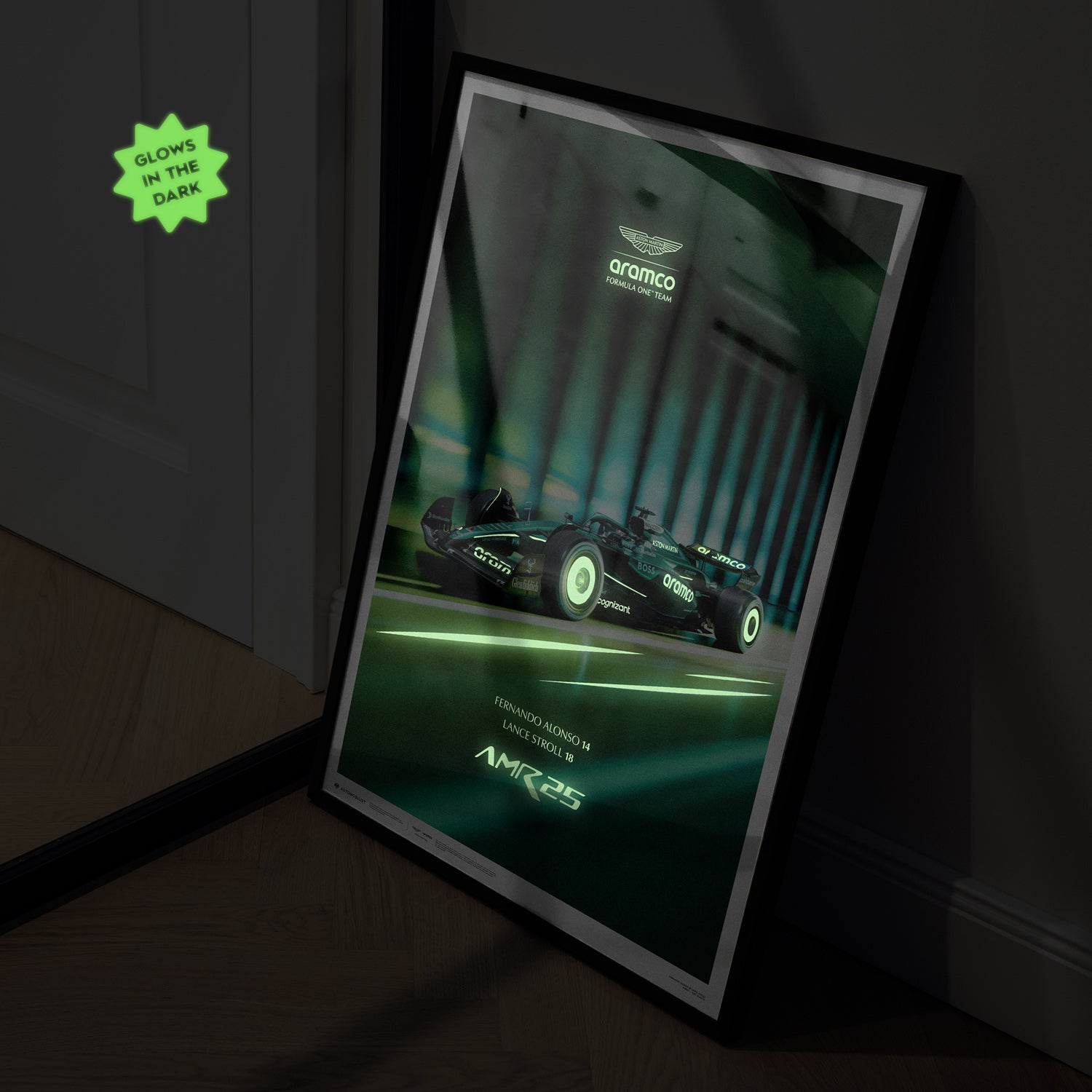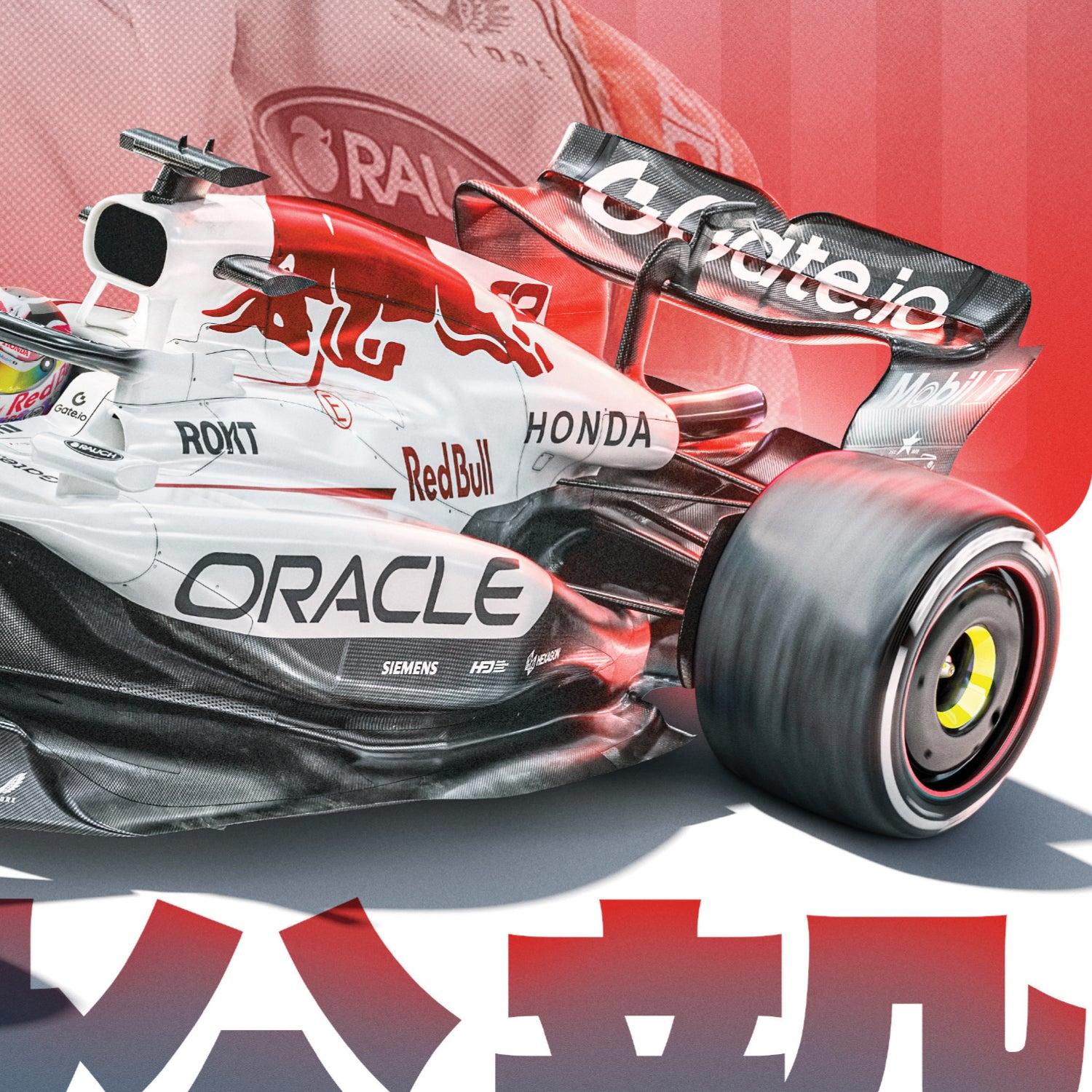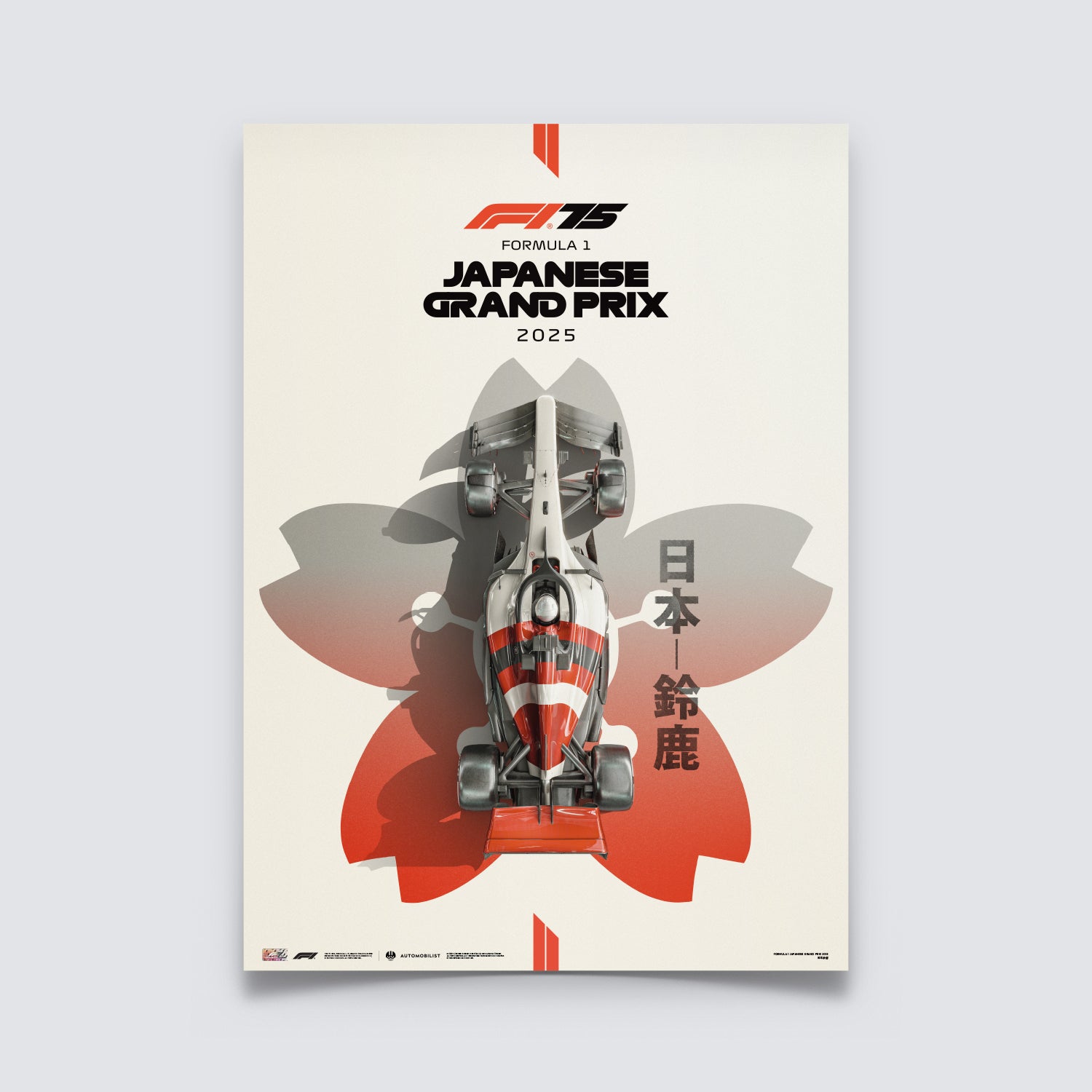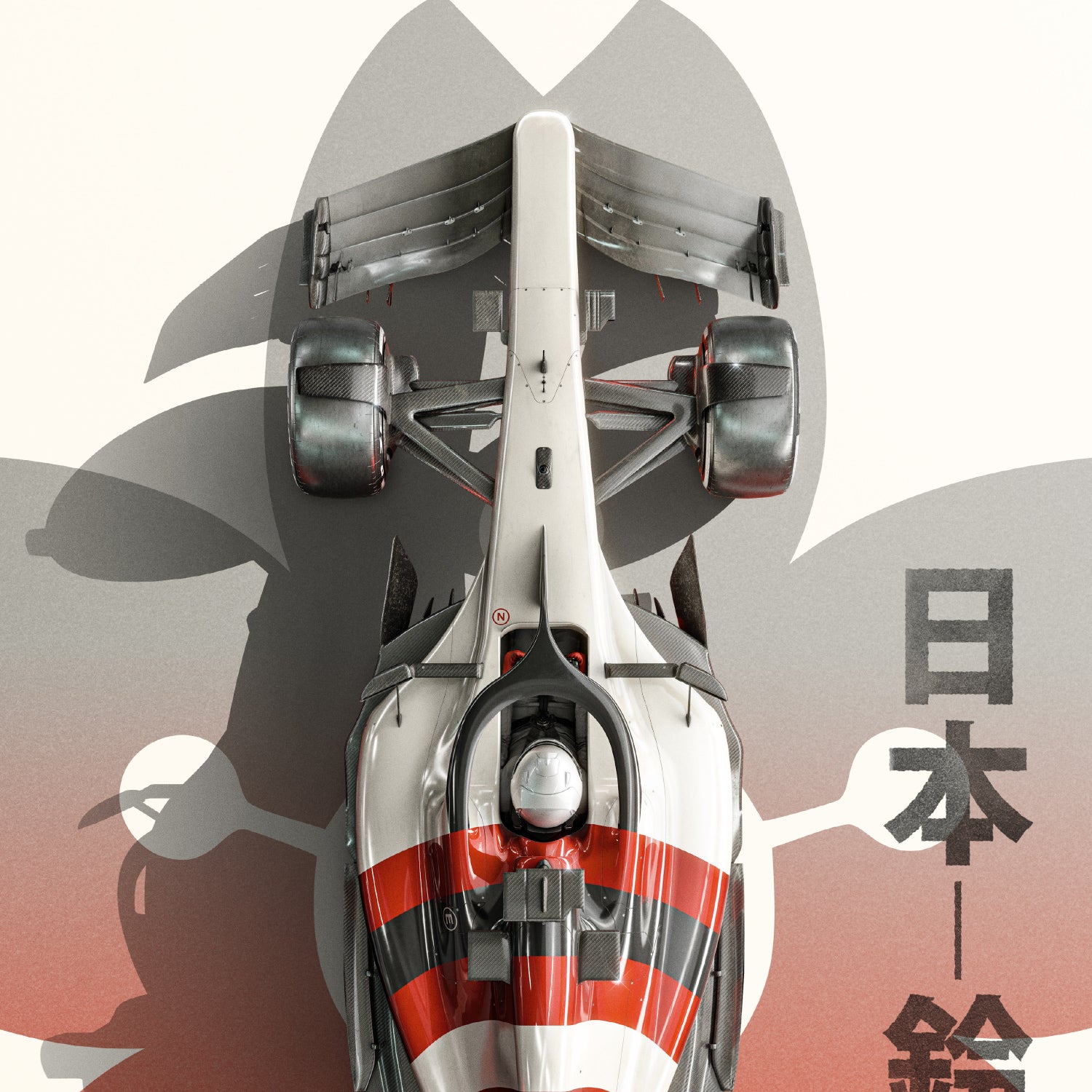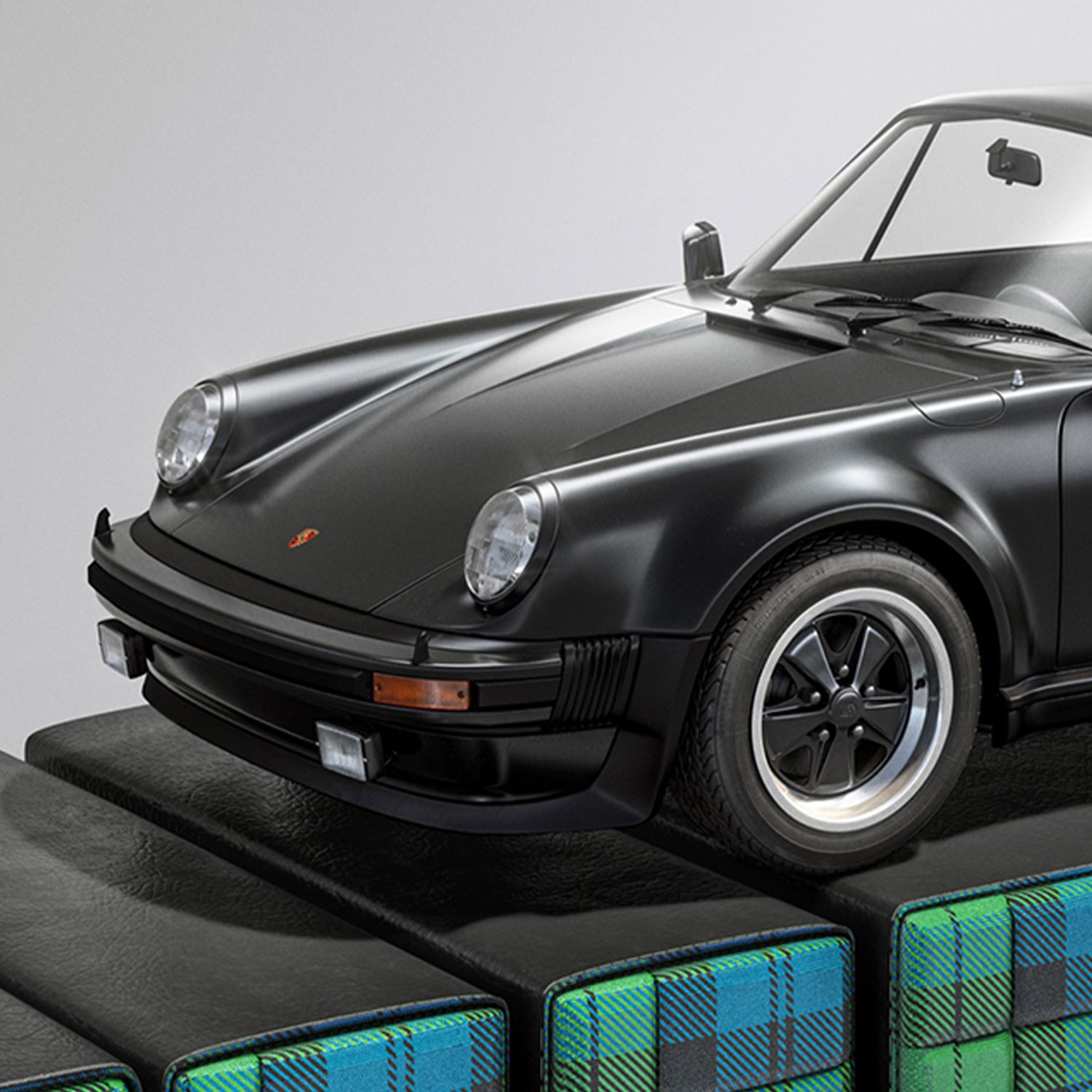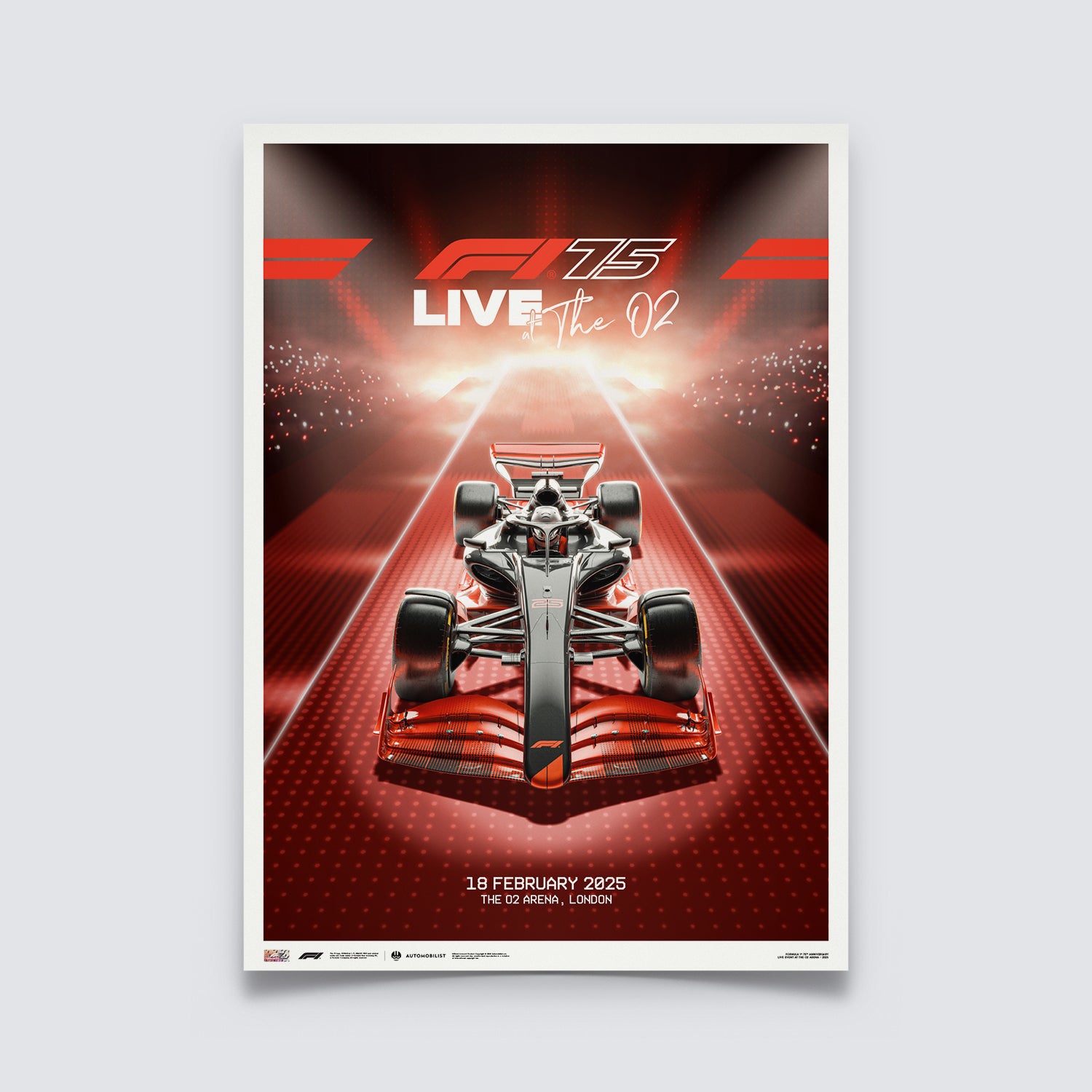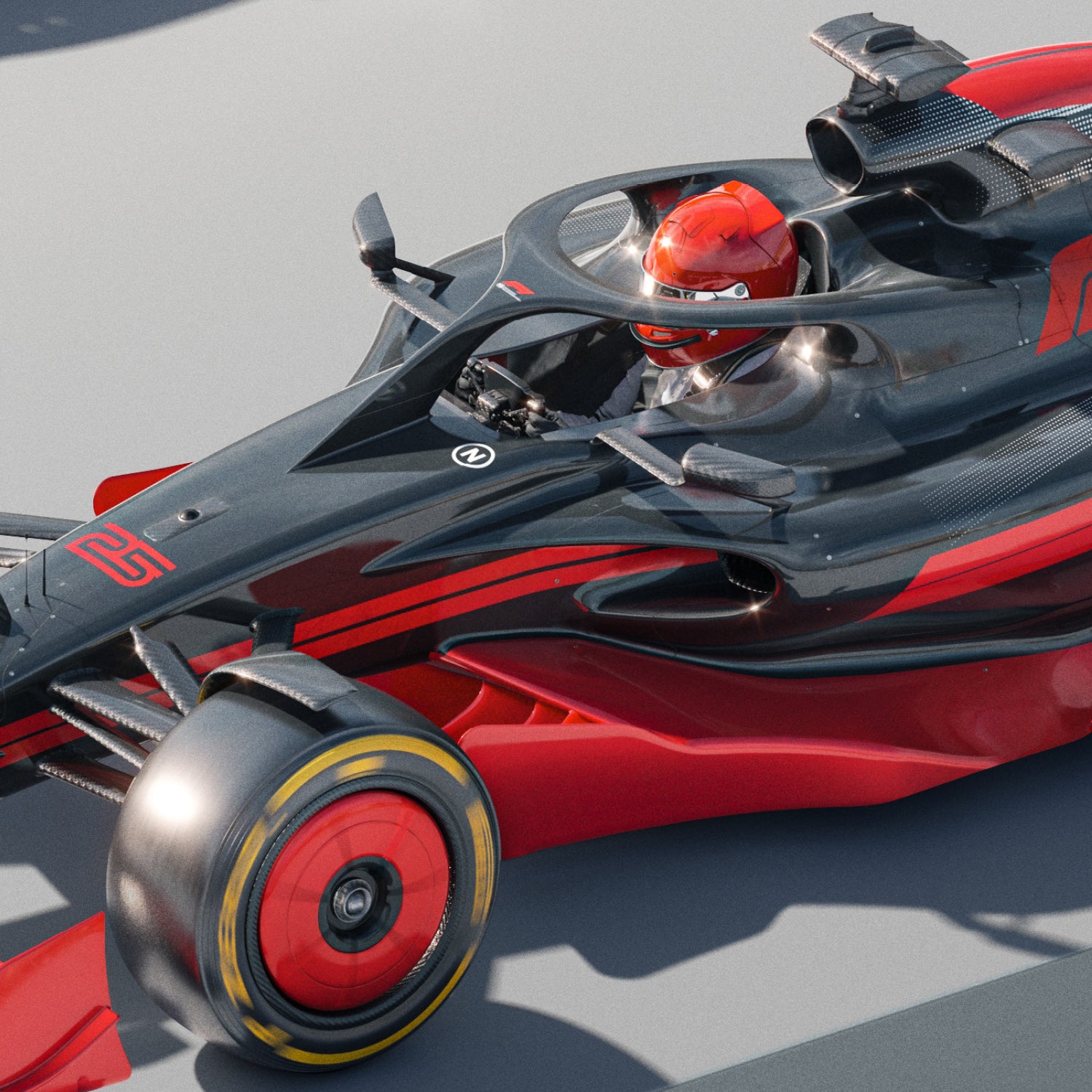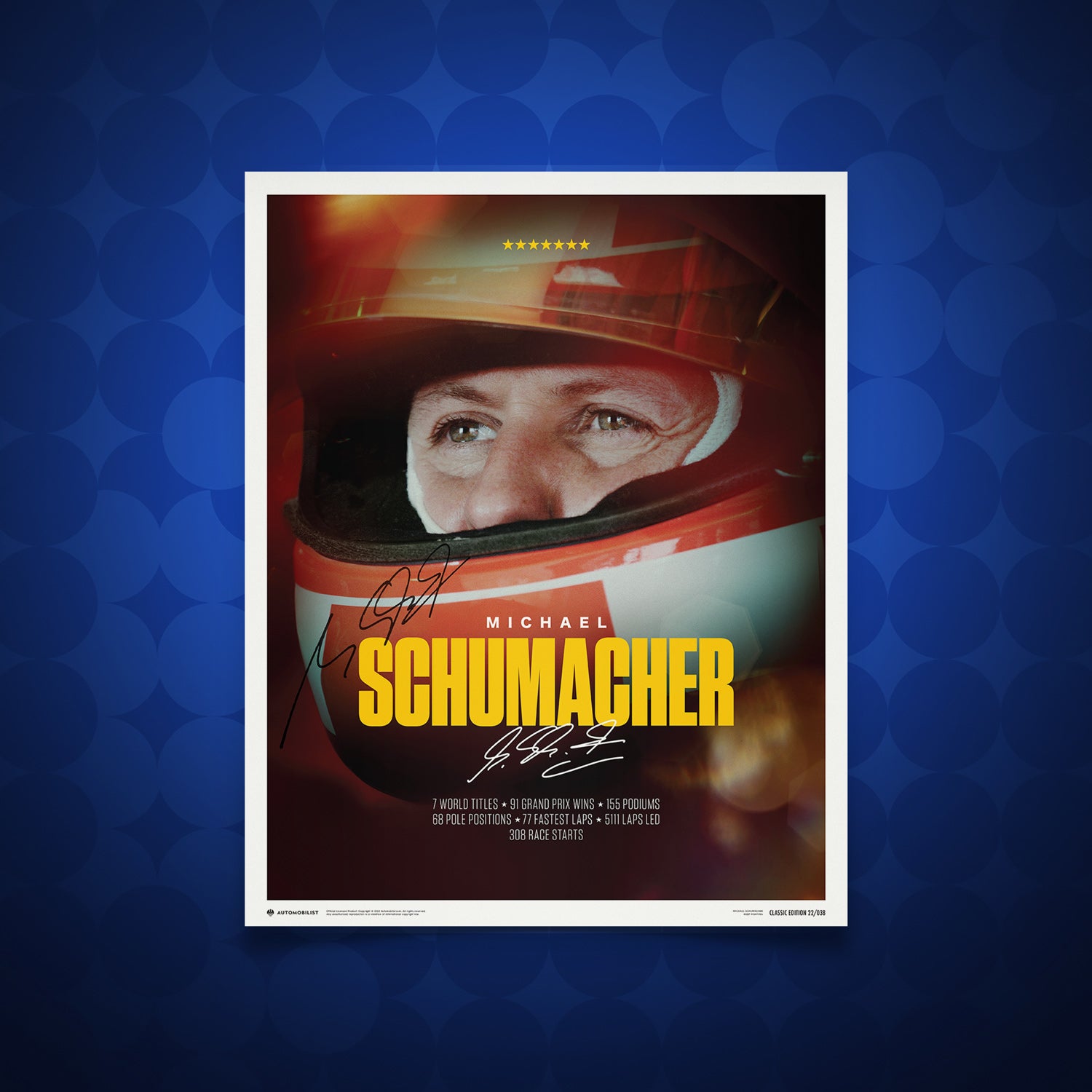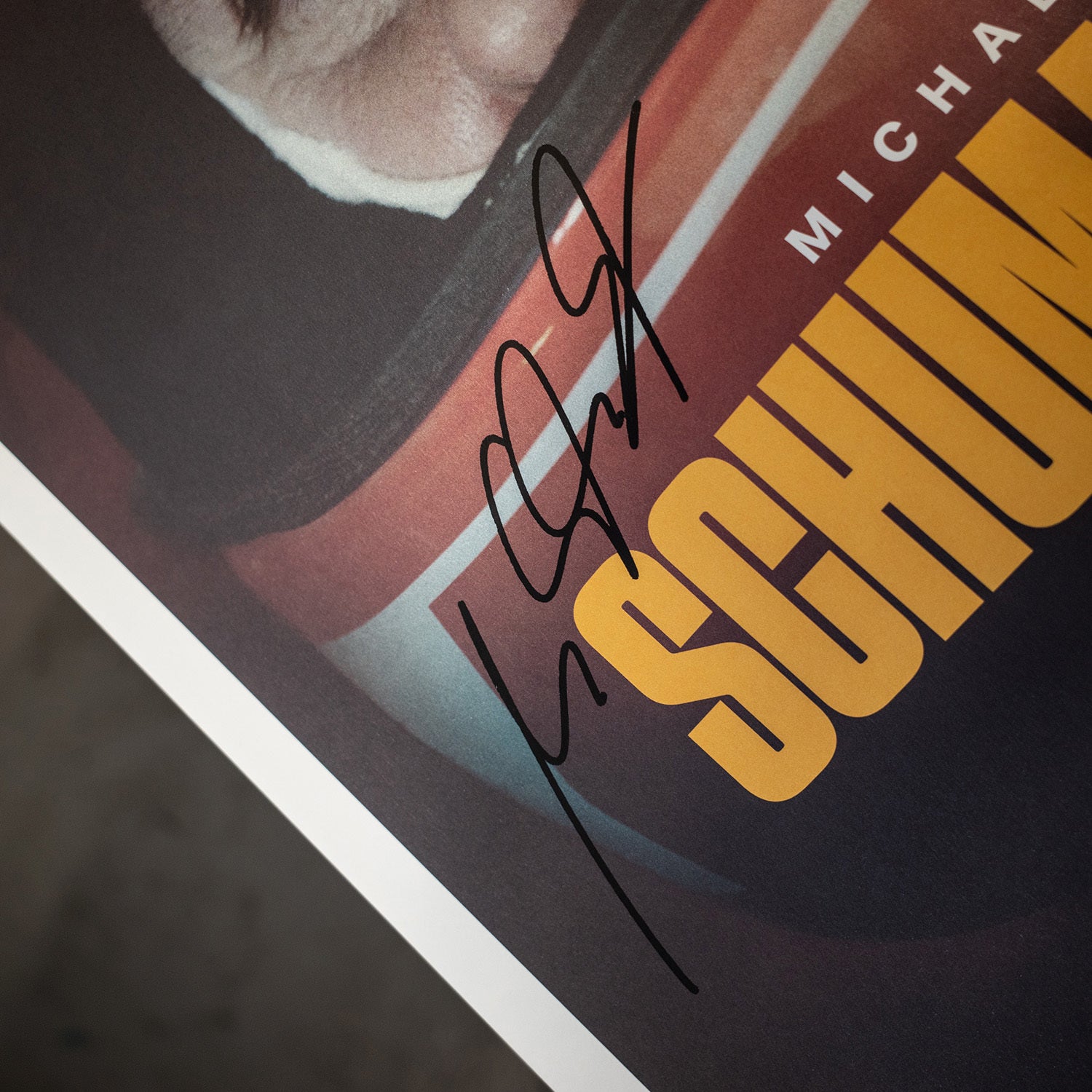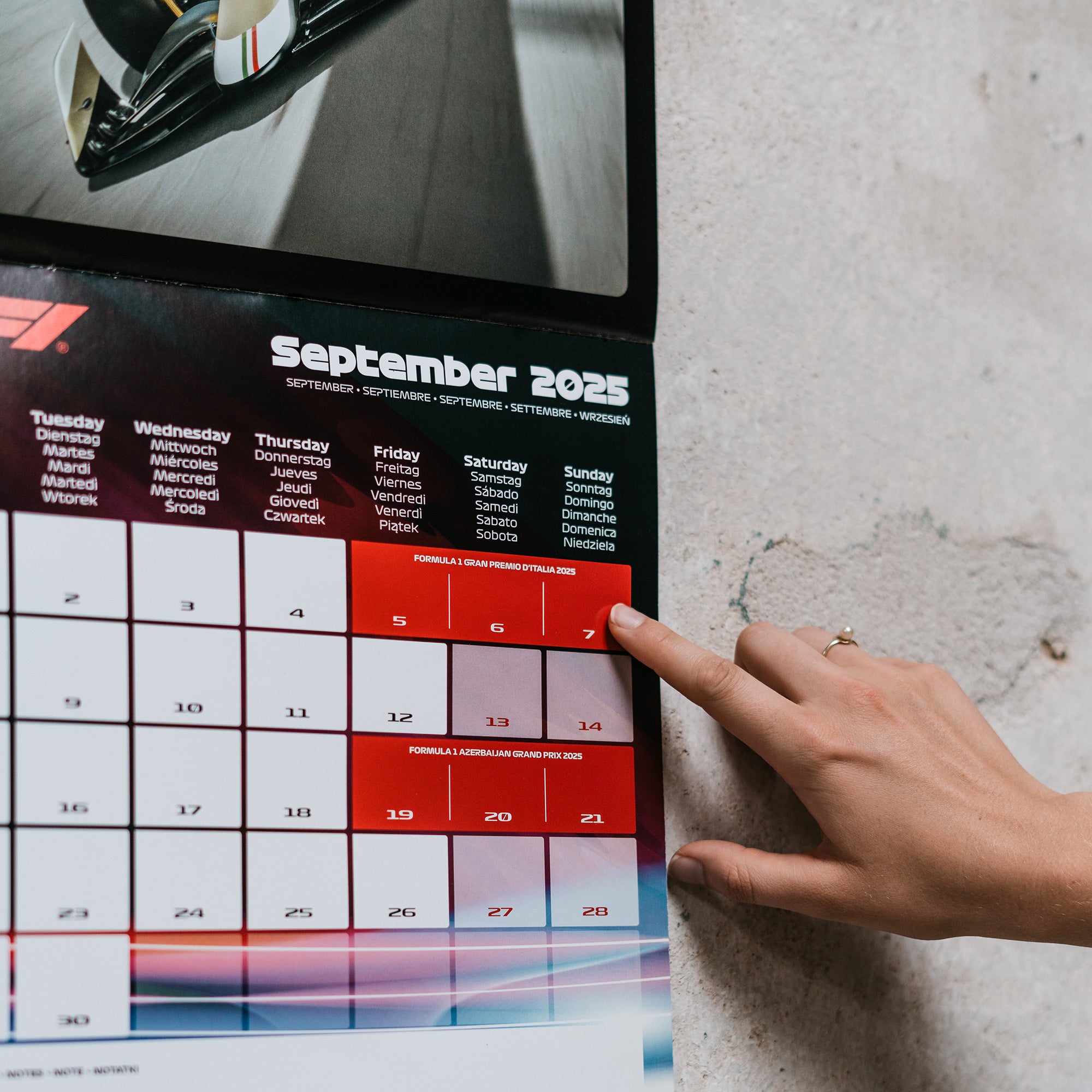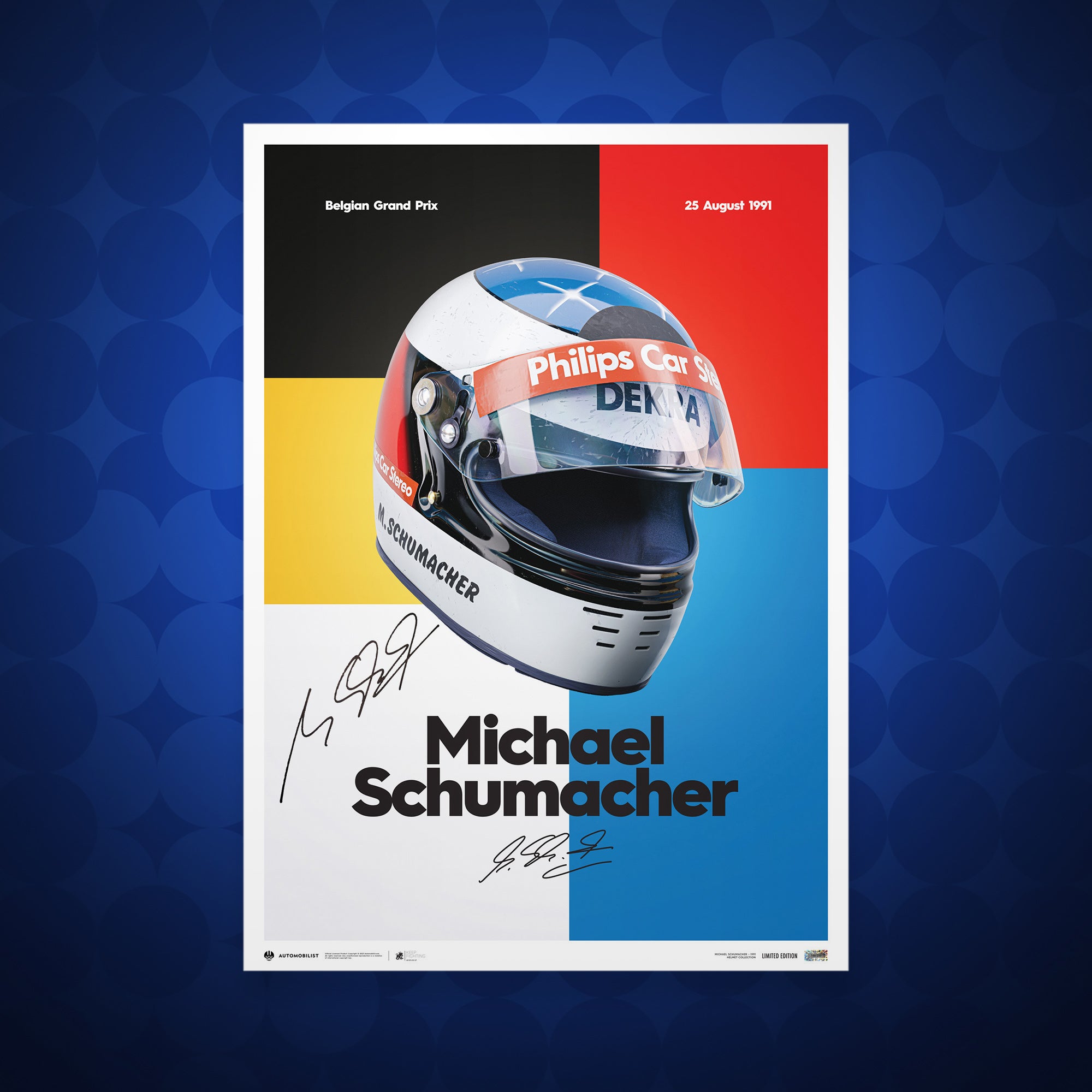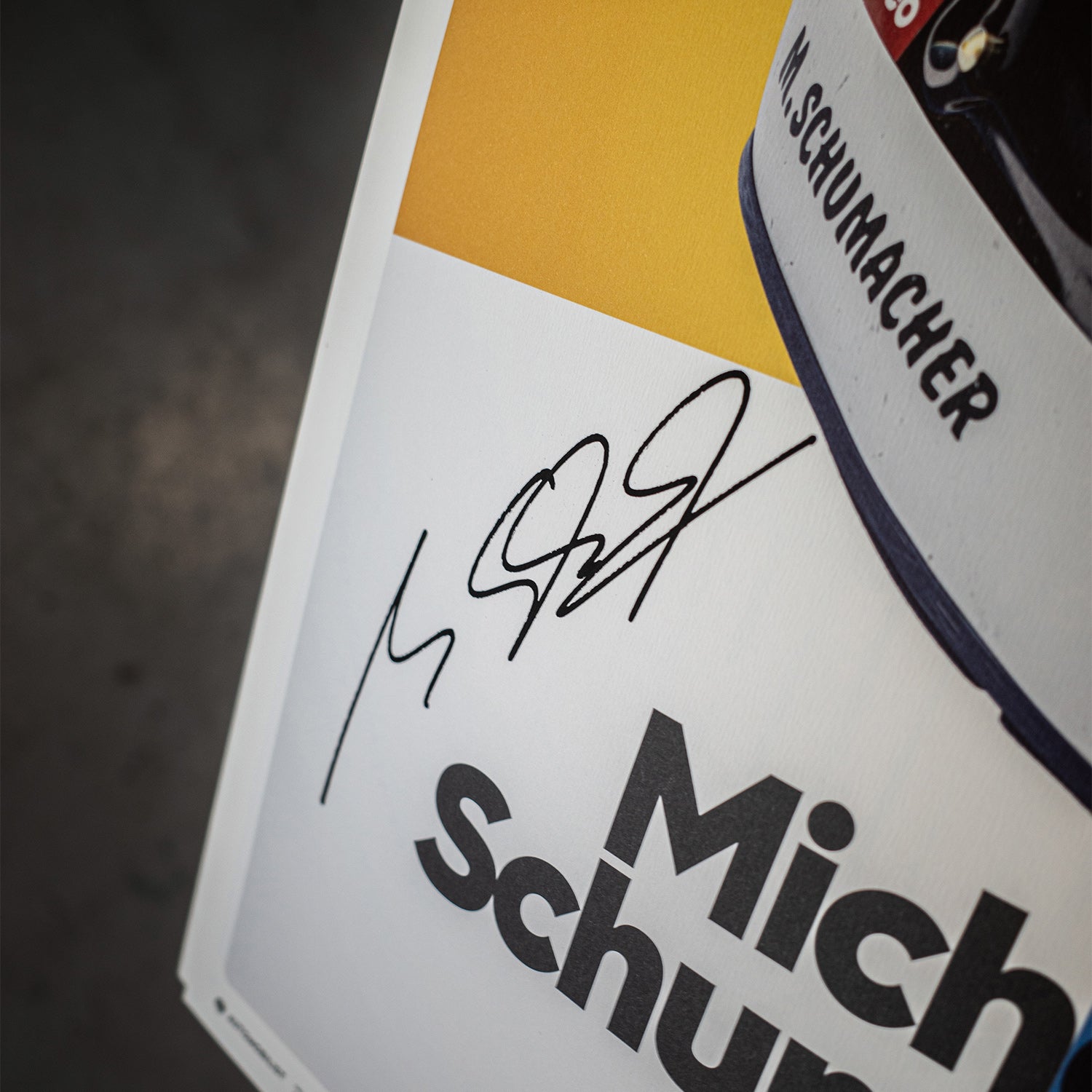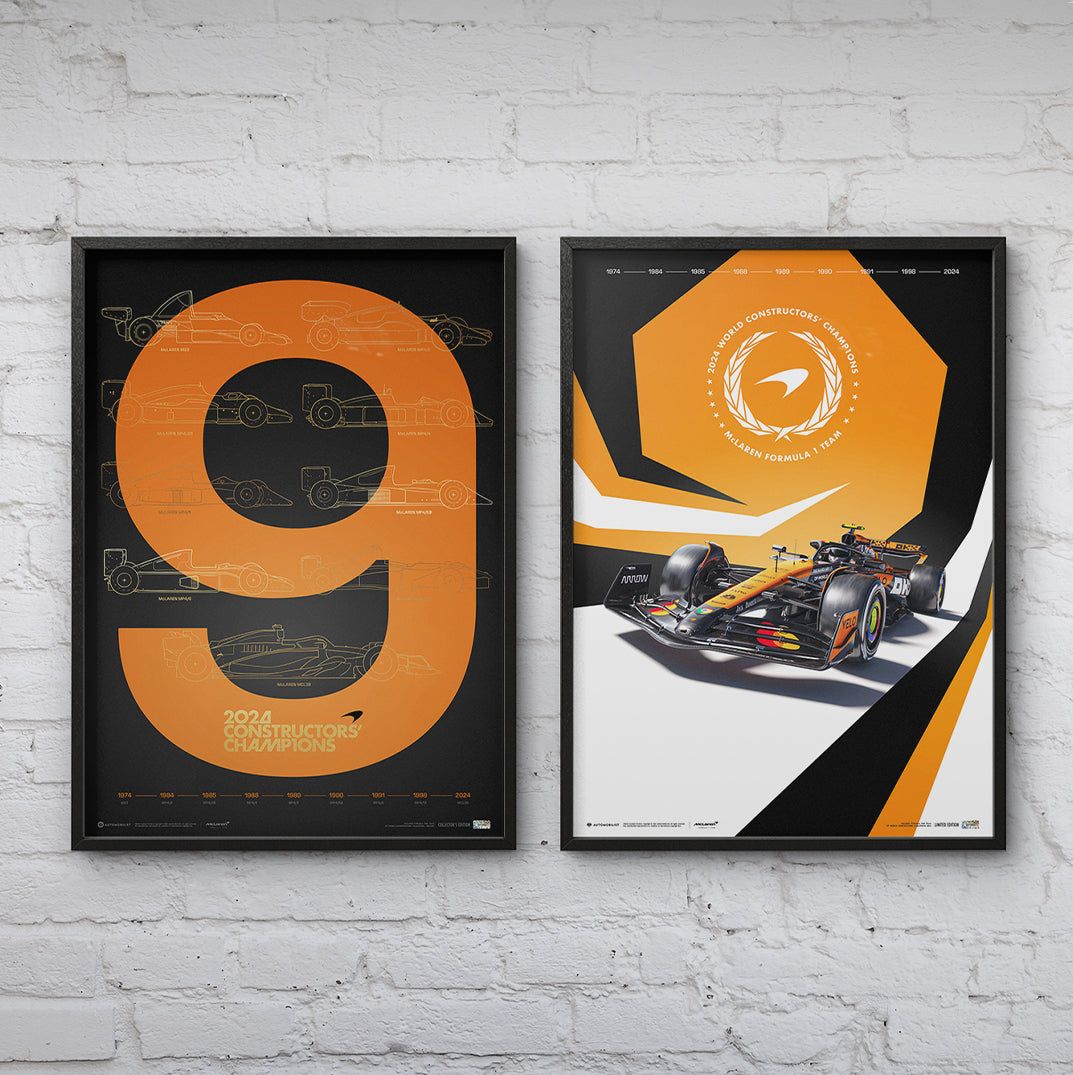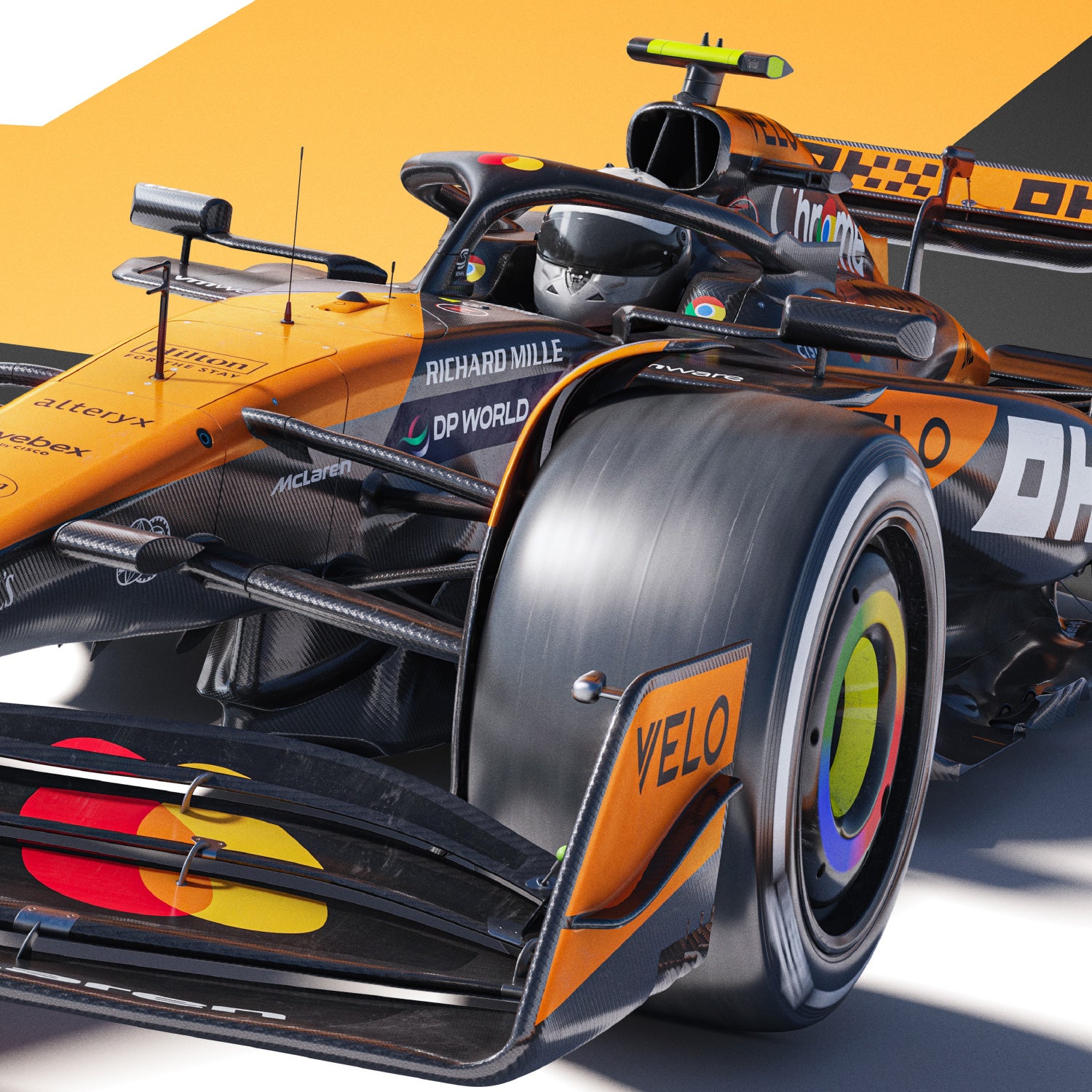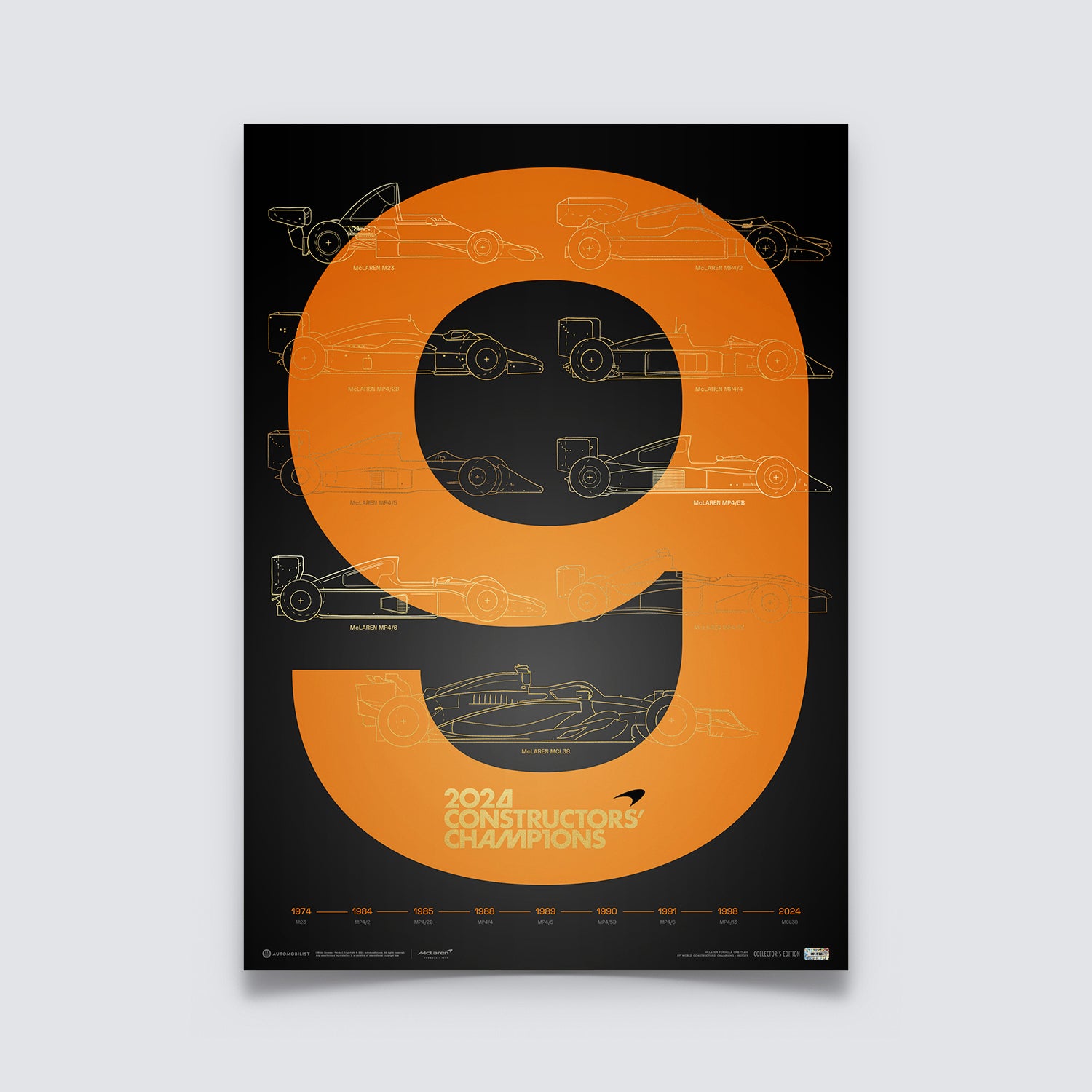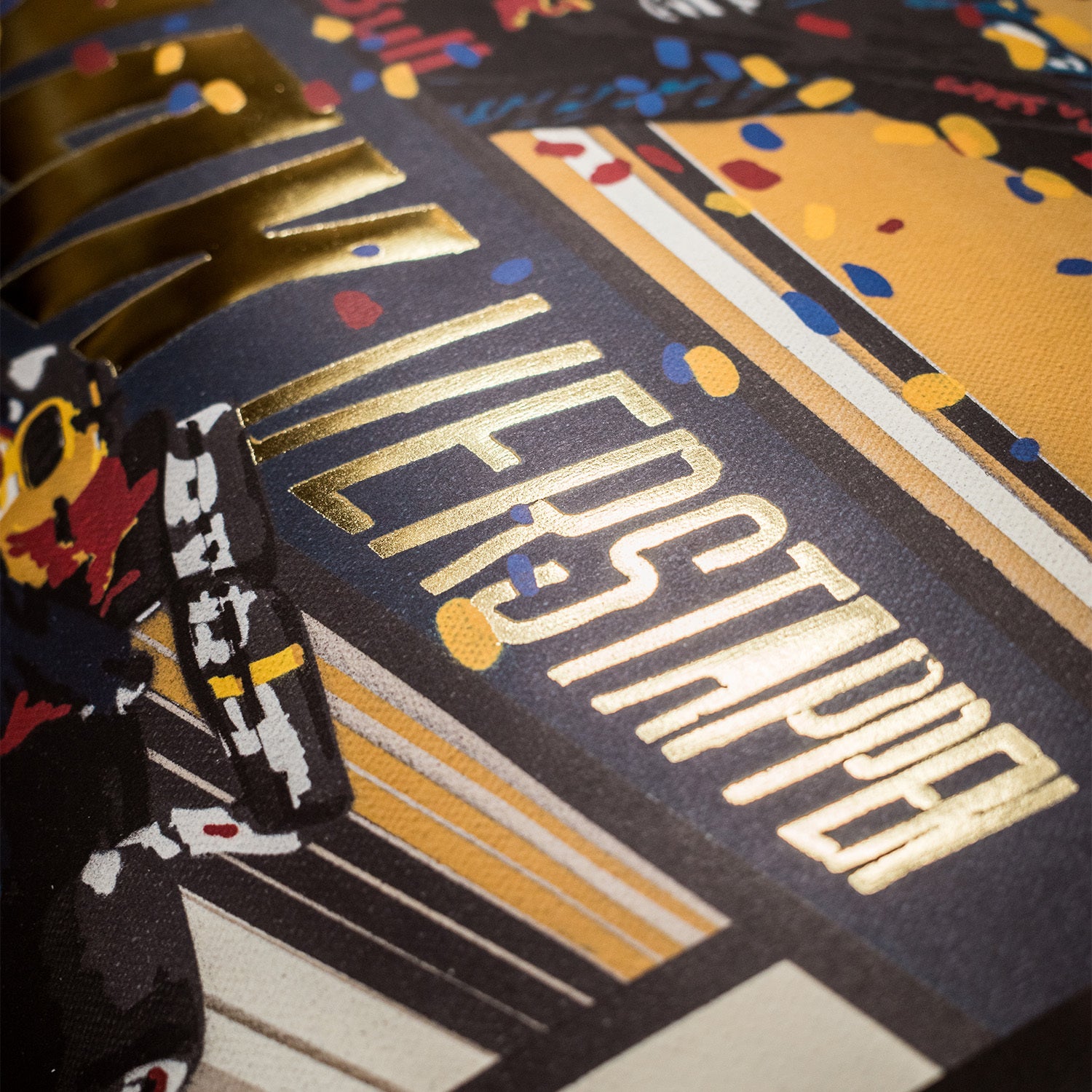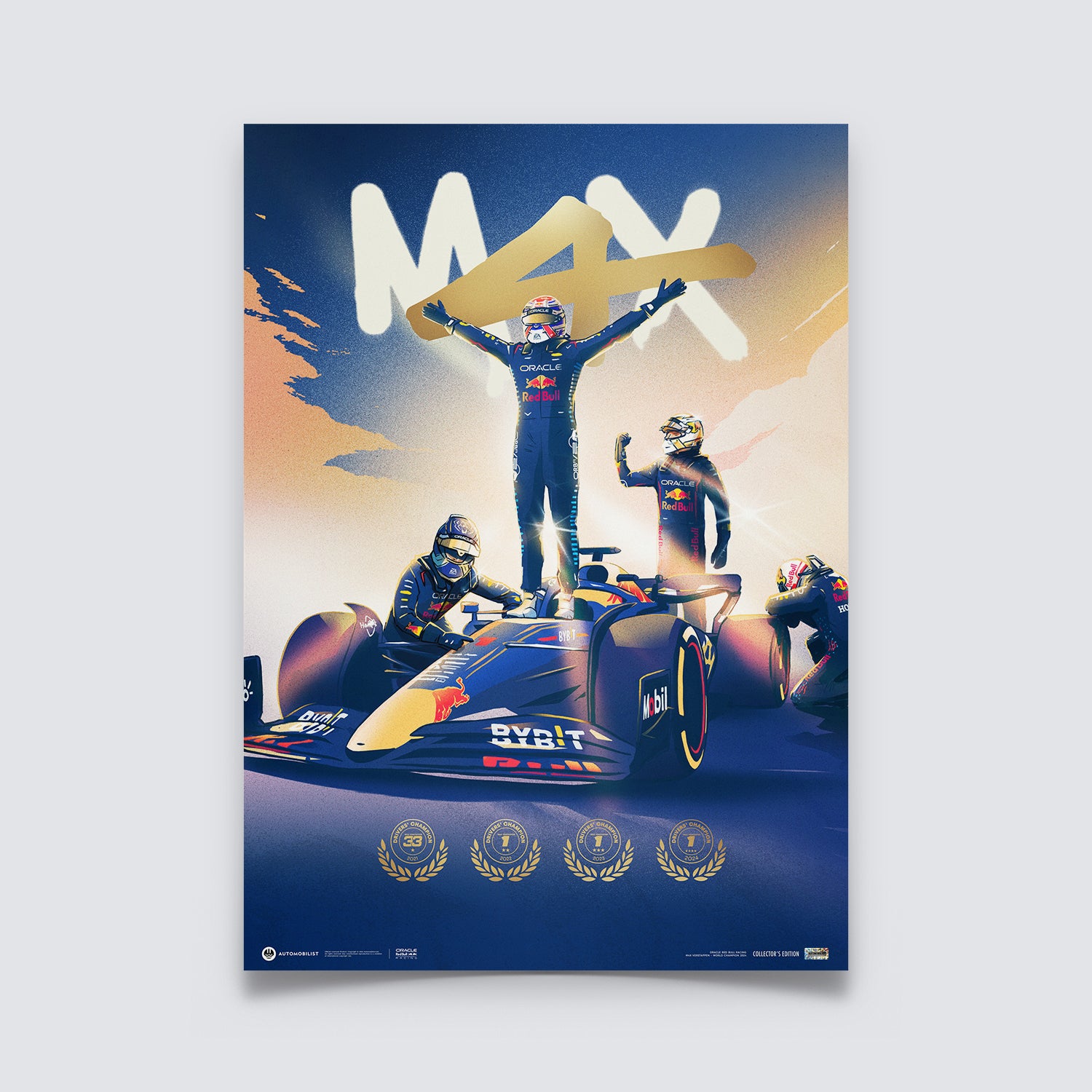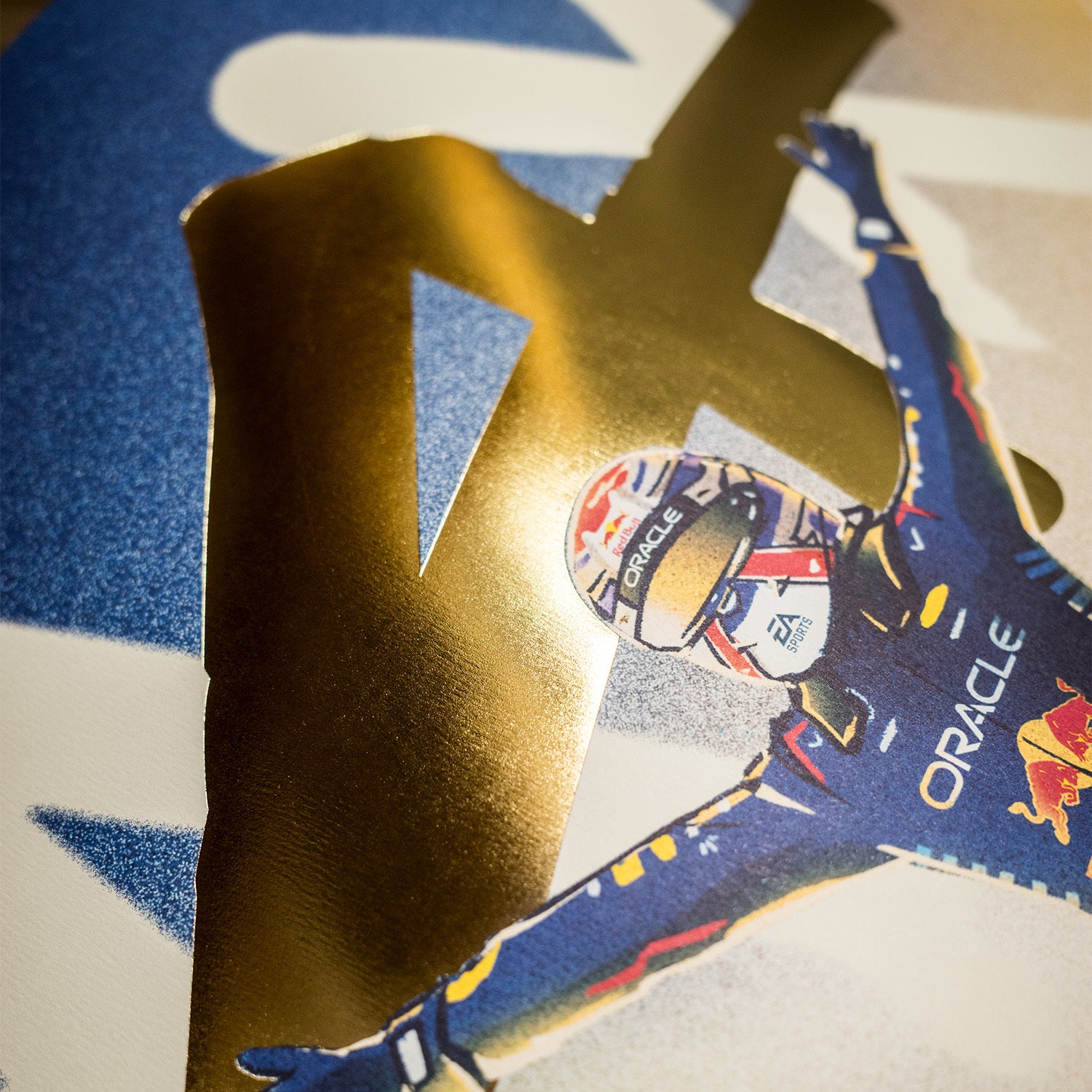24h Le Mans Centenary: 1993-2002 | Written by Richard Kelley
In honour of its 50th anniversary, Porsche developed an all-new car, the 911 GT1-98, for the 1998 Fia International GT season. During the racing season, the 911 GT1-98 struggled to match the pace of the Mercedes over the 500k events due to the air-restrictor rules, which constrained Porsche’s turbocharged engines (the Mercedes had a naturally aspirated V8 engine).
However, Porsche at Le Mans has always been in another world; the German automaker’s fame is synonymous with remaining ultra-competitive for 24 continuous hours. For 16 times in the past, Porsche had claimed victory.
In 1998, they again left no stone unturned, searching for speed and pace against one of the most fiercely competitive Le Mans grids – the Toyota GT-One, Mercedes CLK-LM, Nissan R390, and BMW V12 LM were all fighting for victory. Ultimately, Porsche’s fearless resilience held its ground, delivering one of the company’s most satisfying Le Mans triumphs.
Designed to take on the new Toyota GT-One and Mercedes-Benz CLK-GTR, the 911 GT1-98 opted for a clean-sheet design even though new GT1 rules stipulating race cars should be based on road cars – Porsche had already effectively reverse-engineered their road cars from a purpose-built mid-engined racer.
 The car of Laurent Aiello / Allan McNish / Stèphane Ortelli, Porsche 911 GT1-98, is unveiled on the grid of the 1998 24h Le Mans. Image Courtesy: Motorsport Images.
The car of Laurent Aiello / Allan McNish / Stèphane Ortelli, Porsche 911 GT1-98, is unveiled on the grid of the 1998 24h Le Mans. Image Courtesy: Motorsport Images.
Initially based on a steel 911 bodyshell mated to a mid-engined 962 rear end, the 911 GT1-98 evolved into a carbon-fibre monocoque, with carbon-fibre brake discs in a works racing car for the first time. When completed, the flowing bodywork resembled a sports prototype rather than Porsche’s previous two models.
The engine was the same as the previous GT1s. The water-cooled, 3.2-litre flat six was adapted from the all-conquering 962 but fitted with one-piece aluminium cylinder heads from the Porsche 959. The block was also in aluminium, and chain-driven camshafts operated four valves per cylinder.
Engine control switched to a TAG Electronic Systems TAG 3.8 ECU to match the new sequential gearbox and the retained pair of KKK K27.2 turbochargers fed by a massive scoop on the roof and blowing through twin intercoolers.
Longer and wider, the GT1-98 sported a large, adjustable plastic rear wing and a noticeably lower nose achieved by lengthening the wheelbase to relocate the cooling radiators from the centre to the outer edges of the front end. Porsche also put its new champion on a crucial diet - the new car from the ground up ‘98 GT1 weighed only 2,072 lbs, 265 lbs less than the 1997 GT1.
 Laurent Aiello / Allan McNish / Stèphane Ortelli, Porsche 911 GT1-98, during the 1998 24h Le Mans. Image Courtesy: Motorsport Images.
Laurent Aiello / Allan McNish / Stèphane Ortelli, Porsche 911 GT1-98, during the 1998 24h Le Mans. Image Courtesy: Motorsport Images.
There would be two 911 GT-1 teams; Jörg Müller-Uwe Alzen-Bob Wollek handling (#25) with Laurent Aiello-Allan McNish-Stéphane Ortelli pushing (#26). Aïello was the last-minute addition to the trio, brought in after Yannick Dalmas had a massive crash at Spa, while already good friends with McNish and Ortelli.
Ortelli asked to partner with close friend McNish after the Scot crashed in the earliest stages of Le Mans 1997.
“Our team boss Herbert Ampferer asked me ‘Are you OK to race again with Allan?’,” remembered Ortelli. “I said he deserves a second chance, we want to win together.”
Despite the enormous engineering and driver's efforts, the Porsche GT1 was not the fastest car on the grid. Mercedes-Benz took pole and 3rd positions on the grid, split by a Toyota GT-One. Porsche had to settle for fourth for #25 and 5th for #26.
The Porsche teams complained of pace after switching from a dog' box, also used by Toyota, to a synchromesh gearbox. “We were super-slow and super-frustrated; we couldn't flat shift, and the travel of the gear shift was like four times longer,” said Ortelli.
Porsche said, “Yes, you are going to hurt your hand and feel frustrated, but you will have a car you can push,” remarked Ortelli.
And, push they did.
 Laurent Aiello / Allan McNish / Stèphane Ortelli, Porsche 911 GT1-98, pushes hard as the night starts to fall on the 1998 24h Le Mans. Image Courtesy: Motorsport Images.
Laurent Aiello / Allan McNish / Stèphane Ortelli, Porsche 911 GT1-98, pushes hard as the night starts to fall on the 1998 24h Le Mans. Image Courtesy: Motorsport Images.
With pressure from Porsche, Mercedes and BMW were out two and six hours into the race, respectively. The 66th edition of the 24 Hours of Le Mans then turned into a German-Japanese duel between both Porsche GT1 teams and the Toyota GT-One, followed at a respectable distance by Nissan and the LM P1 prototypes.
“Our pace was more conservative than competitors, but we knew we could push 120 percent and know the car was going to last,” said Ortelli later.
After a demanding night and a relentless duel for first position, both 911 GT1-98s spent half an hour in their pits: the #25 had damaged its floor during an incident in a gravel trap, and the #26 had to replace a water line. Ortelli and his teammates dropped from first to second behind the Toyota GT-One.
 Laurent Aiello / Allan McNish / Stèphane Ortelli, Porsche 911 GT1-98, makes a pit stop during the 1998 24h Le Mans. Image Courtesy: Motorsport Images.
Laurent Aiello / Allan McNish / Stèphane Ortelli, Porsche 911 GT1-98, makes a pit stop during the 1998 24h Le Mans. Image Courtesy: Motorsport Images.
Then, during the repairs, Ortelli received a phone call.
“A friend was at Indianapolis corner and called me to say the Toyota was making a funny noise on the downshift. Because of this information we kept pushing them, stressing them, and they broke down.”
And once again, by leaving no stone unturned, Porsche finished 1-2, winning for the 17th time at its favourite race and celebrating its 50th anniversary in the best way possible, with Wolfgang Porsche joining his team at the top of the podium.
 Laurent Aiello, Allan McNish and Stèphane Ortelli celebrate on the podium after winning the 1998 24h Le Mans. Image Courtesy: Motorsport Images.
Laurent Aiello, Allan McNish and Stèphane Ortelli celebrate on the podium after winning the 1998 24h Le Mans. Image Courtesy: Motorsport Images.
Follow the link below to read more stories from the 100 years of 24h Le Mans and discover our celebratory poster collection in cooperation with the Automobile Club de l'Ouest.

